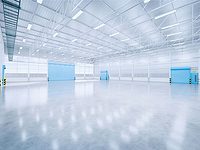Renewable Cashew Nutshell Liquid-Based Product Enables Solvent-Free Epoxy Coatings
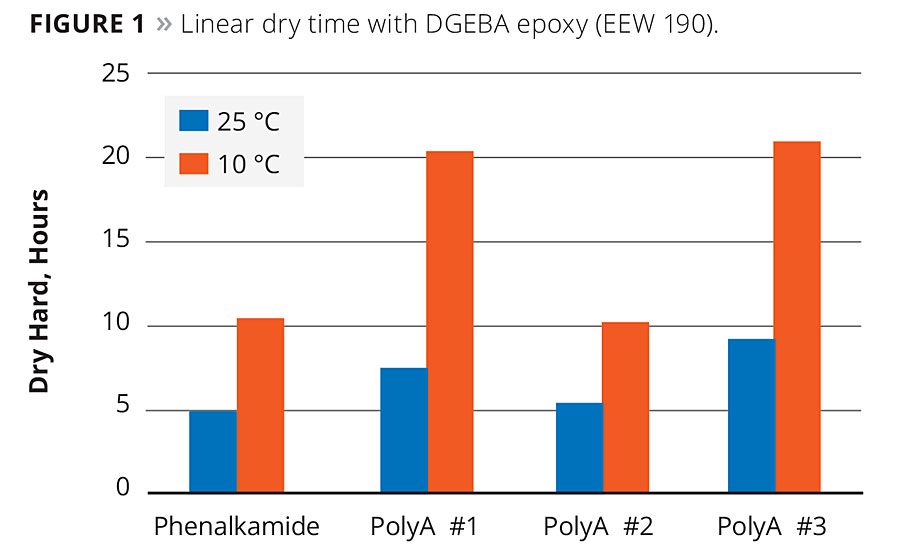
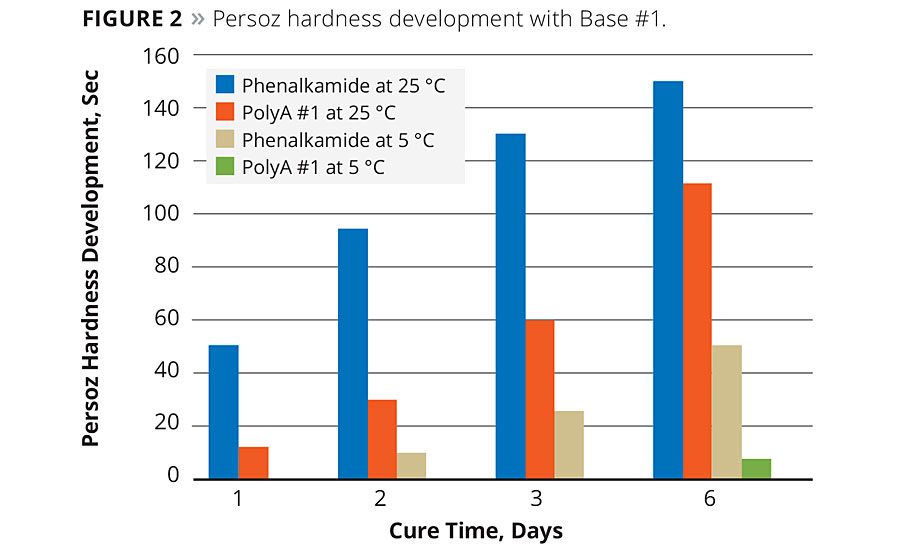
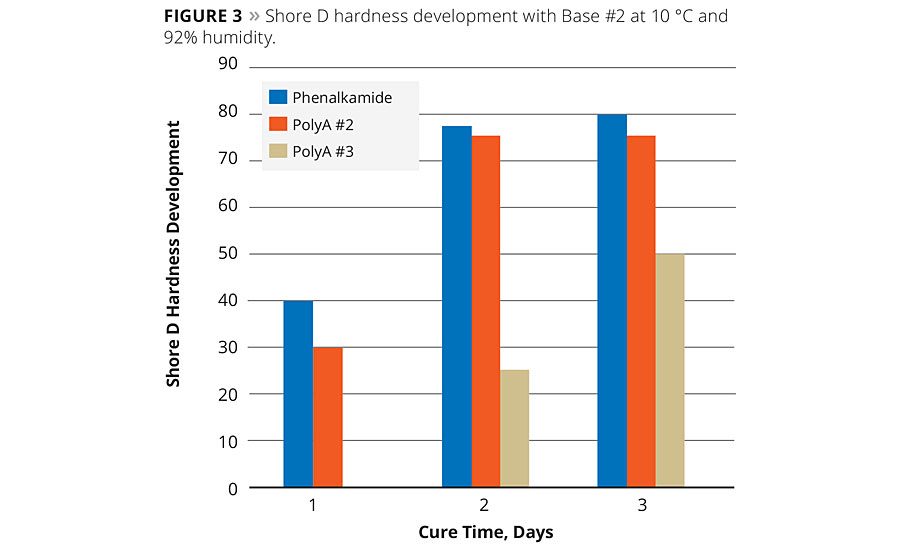
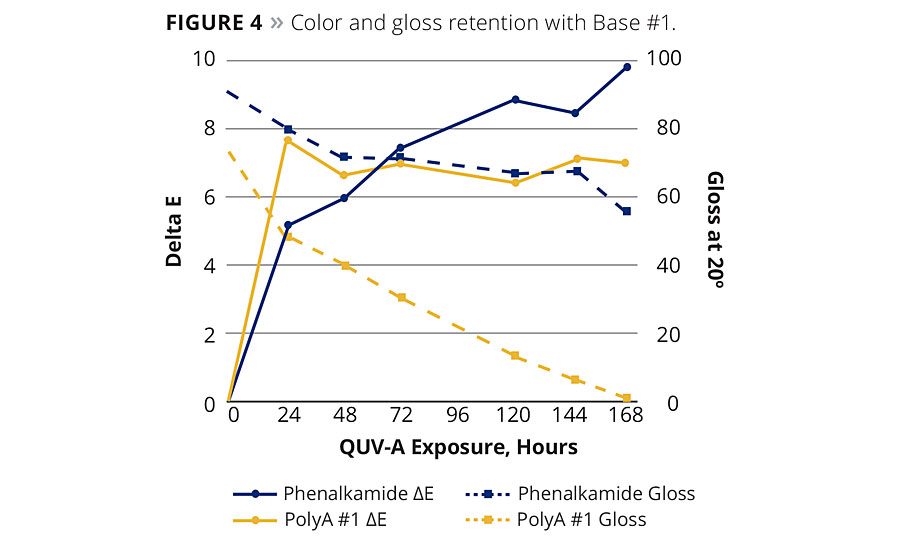
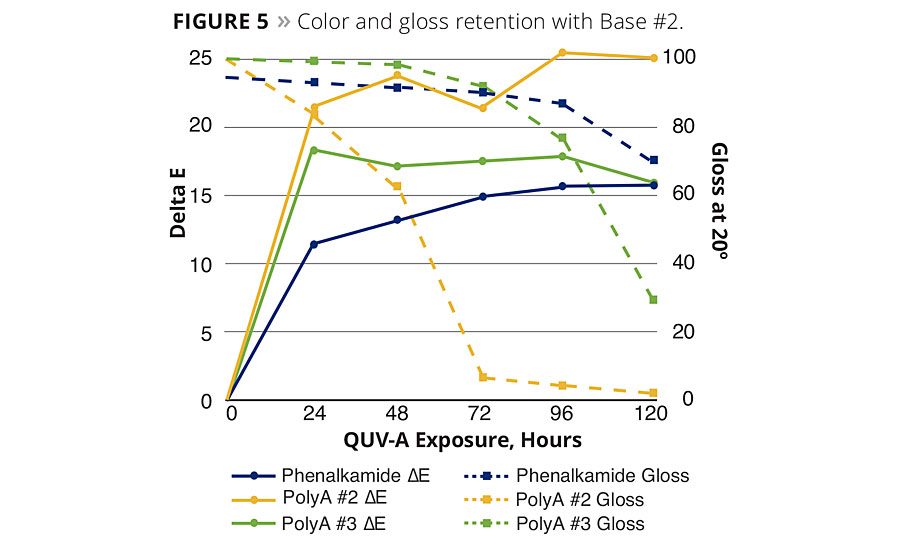
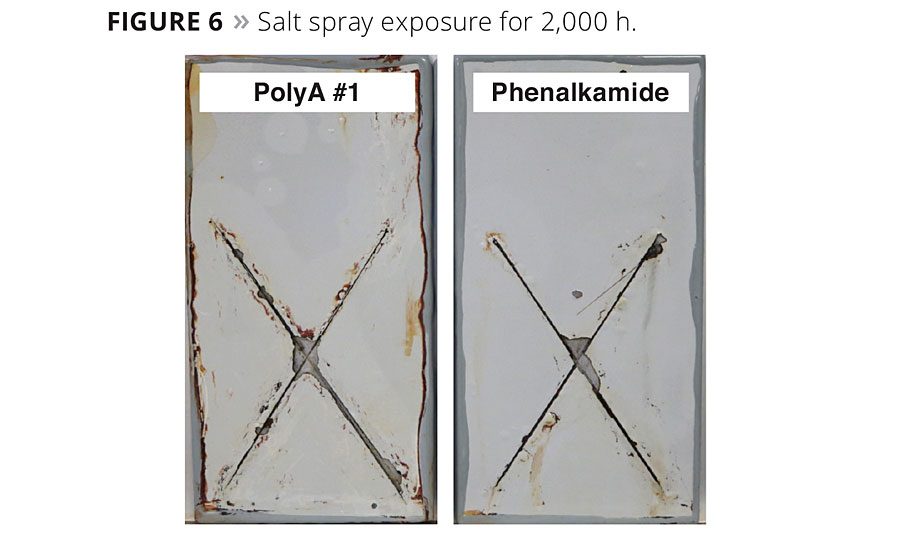
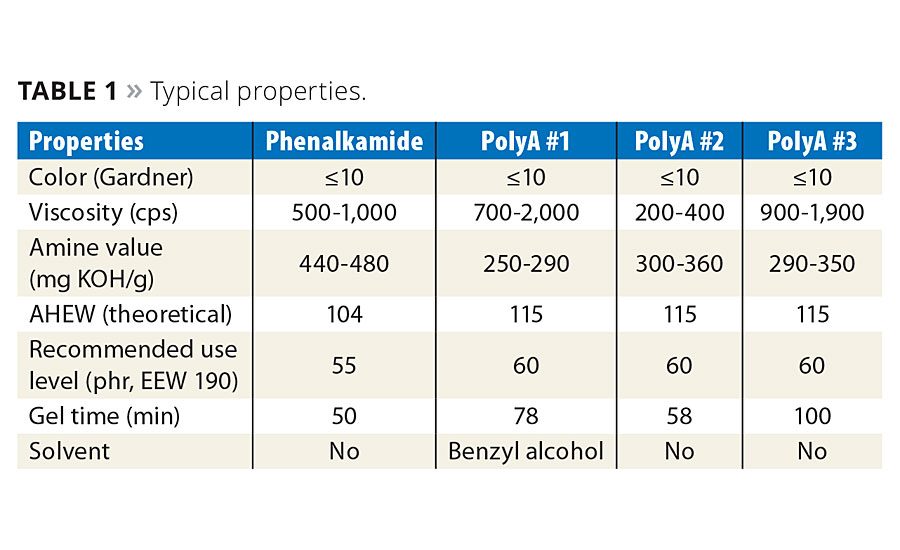
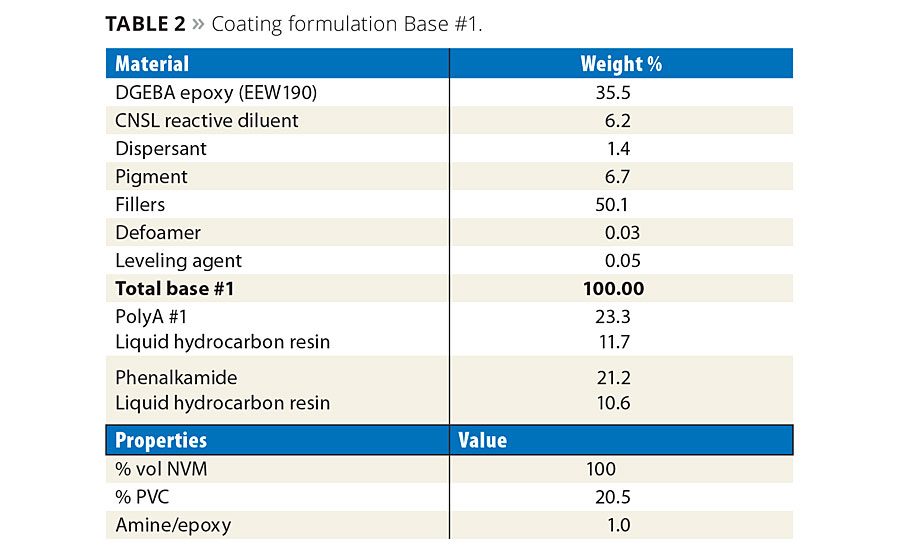
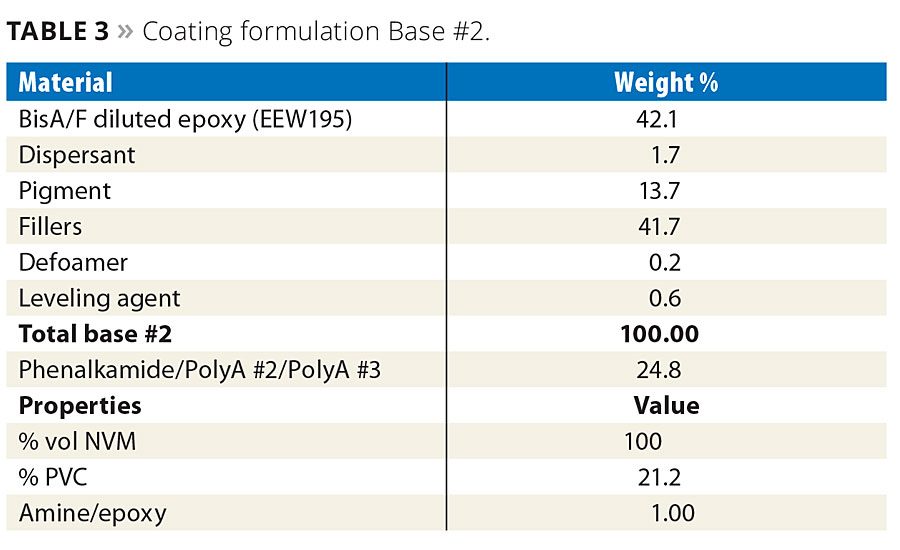
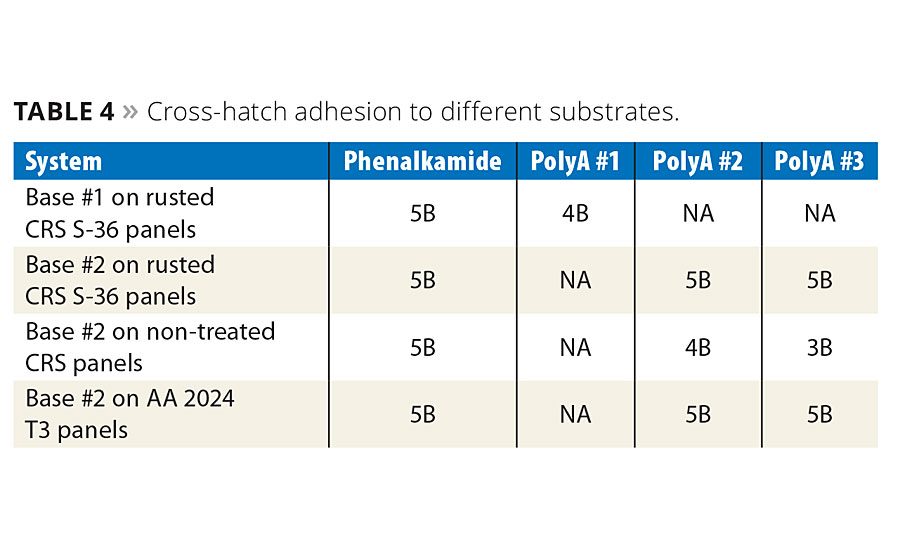
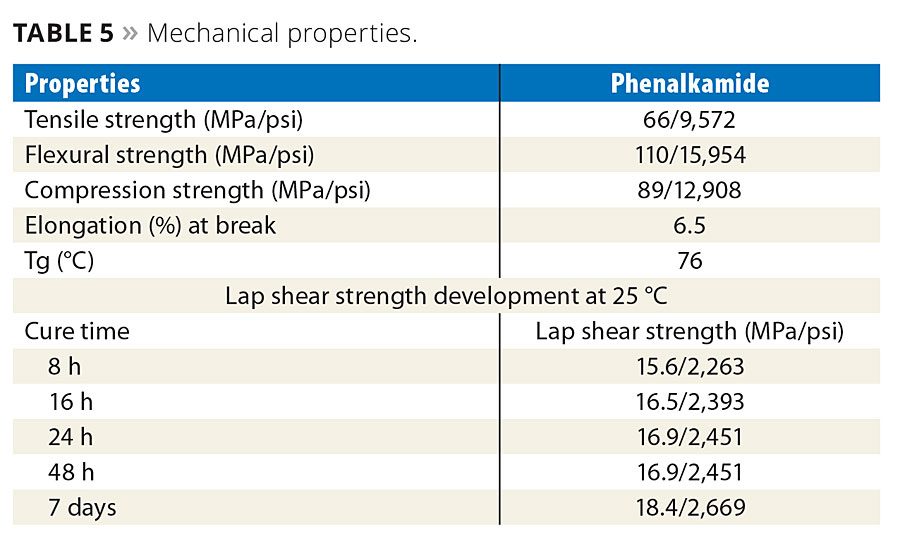











Stricter environmental, health and safety regulations, as well as the increased demand for greener products have propelled the development of sustainable coatings. Improved sustainability has been addressed by the coatings industry in various ways. Over the last few years, the trend toward lower-VOC emissions has intensified, and solvent coatings have moved from medium to high solids and solvent-free coatings, or to waterborne technology. Where possible, petrochemical-based products are being replaced with renewable materials that provide good performance. Moreover, aspects such as product durability, energy-efficient processes and transportation are also being taken into account to produce friendlier coatings for the environment.
Challenges
The transition to low-VOC epoxy coatings has not been without challenges, and in many cases, increase in cost. Paint formulators need to lower viscosity and keep good wetting and leveling properties with or without limited use of solvents. If viscosity is not sufficiently low for conventional spray equipment, pressurized equipment or heated lines are required to apply the coating. That can add to the cost and complexity of the application. In addition, to achieve low-VOC epoxy coatings, it is common to fully or partially replace solvent-based solid epoxies with solvent-free liquid epoxies, which are higher in viscosity and often require the use of diluents. These diluents, especially if non-reactive, are known to typically compromise corrosion performance. Contributing to the challenge, some non-VOC diluents are now considered substances of concern and are in the process of being eliminated in several formulations. Finally, there are a limited number of curing agents in the market that are low in viscosity, free of benzyl alcohol and solvent, and deliver excellent anti-corrosive protection with workable pot life. The curing agent introduced in this article, Cardolite®LITE 3060, enables high-performance, solvent-free epoxy coatings that can be applied by conventional spray equipment.
The use of renewable raw materials to lower the dependency on depletable resources such as petroleum-based products is another approach used by coatings manufacturers to improve the overall sustainability of their products. However, the selection of renewable raw materials with proven performance, quality consistency and competitive cost is limited. Unlike most renewable options, cashew nutshell liquid (CNSL)-based materials have a long and successful history in the chemical and coatings industries. CNSL is a renewable, non-food chain resource found in the honeycomb structure of the cashew nutshell and is considered a byproduct of the cashew industry. CNSL derivatives are widely and globally available, consistent in quality and properties, and competitive in cost with petroleum-based materials. LITE 3060 is a high-bio-content curing agent based on CNSL technology.
Phenalkamide Technology
LITE 3060 is the most recently developed phenalkamide to help formulators meet new regulations limiting VOC emissions, improve work environment and support corporate sustainability initiatives. LITE 3060 is based on phen-alkamide technology, a novel class of CNSL epoxy curing agents designed to fill a gap between polyamide and phen-alkamine chemistries. By chemically combining these technologies, phenalkamides offer the benefits of both while mitigating their limitations. Coatings formulations based on phenalkamides have the desired color stability, overcoat window and flexibility of polyamides, but with the outstanding corrosion protection, fast low-temperature cure, non-critical mix ratios and high bio-content of phenalkamines. These balanced properties enable the use of one workhorse curing agent year round for multiple applications in marine, protective and industrial coatings as well as construction and structural adhesives.
Typical Properties
The performance of LITE 3060 was compared to commonly used polyamidoamine adducts in the coatings industry. All curing agents selected are low in viscosity and recommended for low-VOC epoxy systems. Polyamidoamine adduct #1 is supplied in benzyl alcohol while all others are free of any solvent. Typical properties of all curing agents are shown in Table 1. In this study, LITE 3060 is referred to as Phenalkamide and the polyamidoamine adducts as PolyA.
Results and Discussions
Cure Times
Linear dry times for all four curing agents were measured according to ASTM D5895-03 with a wet film thickness (WFT) of 8 mils. Curing agents were mixed with a bisphenol A liquid epoxy resin (EEW 190) for 2 min and given no further induction time. As can be seen in Figure 1, the Phenalkamide and PolyA #2 provided faster reactivity at room and low temperature conditions than PolyA #1 and PolyA #3, which yields increased productivity. Even though these products cure at faster rates, they deliver workable pot lives as indicated by the gel times in Table 1.
Pigmented Formulations
Coatings performance properties such as hardness development, color stability and corrosion resistance were evaluated in solvent-free, pigmented formulations described in Tables 2 and 3. Base #1 contains a bisphenol A liquid epoxy resin and a monofunctional diluent, whereas Base #2 contains a diluted blend of bisphenol A and bisphenol F liquid epoxy resins. These two different epoxy base formulations cover typically used resin blends in protective coatings. The Phenalkamide showed excellent compatibility with both epoxy bases, providing a glossy and smooth finish.
Hardness Development
Persoz and Shore D hardness development were evaluated according to ASTM D4366 and ASTM D2240 respectively. Figure 2 illustrates the Phenalkamide develops Persoz hardness faster than PolyA#1 at room and low temperatures. This behavior is expected from phenalkamides due to the combination of their high molecular weight and high functionality. In the case of some curing agents, hardness is significantly affected by moisture at lower temperatures. Figure 3 shows the Phenalkamide exhibited faster Shore D hardness development than competitive technologies at 10 °C and 92% relative humidity. The hydrophobicity of CNSL derivatives coupled with the high reactivity of the solvent-free Phenalkamide ensure proper cure even at high humidity and low-temperature conditions.
Moreover, quick cure and hardness development result in fast recoatability. In tests performed in Cardolite laboratories, good intercoat adhesion was observed when epoxy coatings based on the Phenalkamide were cured at 5 °C and 85% relative humidity conditions for less than 24 h and top coated with a polyurethane layer.
Color Stability
As observed with other phenalkamides, this solvent-free product demonstrates good weatherability properties when exposed to UV light. Figures 4 and 5 display the changes in color and gloss of all systems after QUV-A exposure performed according to ASTM D4587. All coatings evaluated in this study show yellowing over time as is anticipated with epoxy-based materials. However, the Phenalkamide provides the lowest delta E among the curing agents with both epoxy bases. At first glance, it might appear that PolyA #1 gives better color retention than the Phenalkamide. But as it can be noticed from the drop in gloss, the coating based on PolyA #1 starts to chalk into a whitish powder under UV exposure that yields lower delta E. The Phenalkamide provides a more gradual and slow reduction in gloss with both epoxy bases.
Corrosion Protection
Corrosion protection was assessed by adhesion and salt spray performance (ASTM B117). Films of the Phenalkamide and PolyA #1 formulated with Base #1 were applied to blasted panels (SA 2.5) with a dry film thickness (DFT) of 9 mils and exposed to 2,000 h of salt spray after a 7-day cure at room temperature. The images in Figure 6 demonstrate the Phenalkamide system performed better in this accelerated corrosion test than the PolyA #1 system, with fewer blisters in field and less damage around the scribes.
The Phenalkamide was also benchmarked versus PolyA #2 and PolyA #3 in a system formulated with Base #2. In this case, exposed films were much thinner (2 to 3 mils DFT) and applied to aluminum alloy (AA 2024 T3) and cold rolled steel (CRS) S-36 panels. Results after 500 h exposure showed no significant rust or blistering occurred on the field of panels. Only PolyA #3 presented more medium-size blisters along the scribe lines when tested on CRS panels.
Polyamidoamines and polyamides typically rely on tertiary amines to accelerate their cure with epoxy resins, which results in a cure speed still slower than that of a phenalkamide, and worse color stability and corrosion protection. Phenalkamide chemistry provides inherent acceleration without sacrificing other properties.
Excellent adhesion to substrates is critical to enable good corrosion protection performance. Frequently, coatings formulators do not have control over their products’ application conditions and the state of the surface to be coated. Even though it is advisable for substrates to be properly cleaned prior to coating application, it is not unusual for some surfaces to be poorly prepared. To simulate this situation, adhesion was evaluated on rusted CRS panels. The rusted panels were prepared by immersion in 60 °C plain water for 24 h, followed by a rinse with warm tap water to remove the red oxide precipitate. Panels were then dried with a paper towel and left at room temperature for 7 days. Consequently, a uniform layer of tight rust formed on the surface of the panel. Table 4 reveals most systems have good cross-hatch adhesion (ASTM D3359-97) over the rusted panel, which will lower the risk of application failures in the field.
Another common challenge is good adhesion to non-treated surfaces that have not been sanded, abraded or solvent cleaned. Amongst all systems tested, the Phenalkamide performed the best on non-treated CRS, with 5B cross-hatch adhesion. The ability to adhere well to smooth surfaces can minimize the amount of surface pretreatment required. All systems adhered very well to aluminum alloy panels AA 2024 T3 treated by using a 220-grit sand paper to slightly sand the surface, with dust removed by acetone wiping. CNSL derivatives such as phenalkamides provide excellent adhesion to several substrates due to a combination of the cardanol long aliphatic side chain that yields good wetting properties and low surface tension, and their balanced polarity and hydrophobicity.
Performance on Concrete
The curing agents included in this study are also recommended for use on concrete surfaces. To confirm their suitability for concrete coatings, pull-off adhesion of 25 mils WFT films formulated with Base #2 was measured on dry and wet concrete according to ASTM D7234. Wet concrete blocks were prepared by submersion in tap water for 24 h with the excess water being removed with a paper towel before the coating was applied. The coated wet blocks stayed in water during the 7-day curing period. In this evaluation, all curing agent systems showed very good adhesion to dry and wet concrete, with failures occurring in the concrete and greater than 500 psi (3.45 MPa) pull-off adhesion values.
Mechanical Strength
Phenalkamides have also found use in adhesive applications, in particular two-component, field-applied construction and structural adhesives. These applications require fast bond strength development for quick return to service and excellent final mechanical properties. Table 5 shows the Phenalkamide achieves high tensile, flexural and compression strengths along with good flexibility after a 40 °C/16 h cure cycle with a bisphenol A liquid epoxy resin (EEW 190). This performance can be attributed to its high crosslinking density and the uniqueness derived from the CNSL chemical structure. Moreover, the Phenalkamide reaches high bond strength after only a few hours of cure given its fast reactivity.
Conclusion
A novel phenalkamide, based on renewable CNSL material, enables solvent-free epoxy systems for protective and industrial coatings as well as adhesive applications. This product is application and formulation friendly due to its low viscosity, excellent compatibility with several epoxy resins, and non-critical mix ratios. As with other phenalkamides, this product delivers excellent corrosion and water resistance to different metal and concrete surfaces while offering good color stability and gloss retention for use in primers, middle coats, and topcoats. Its fast cure, good overcoatability and quick hardness development at low temperatures, coupled with a workable pot life, increases productivity and lower the risk of application failures.
For more information, visit www.cardolite.com.
By Dr. Hong Xu, Technical Service Sr. Scientist, James Zhao, Technical Marketing Manager China, and Fernanda Tavares, Marketing Director | Cardolite, Newark, NJ
Looking for a reprint of this article?
From high-res PDFs to custom plaques, order your copy today!




